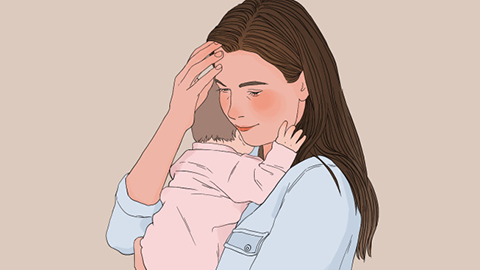What are the reasons for the high incidence of depression in spring?
Spring is a high-risk period for depression, often associated with changes in light exposure, circadian rhythm disturbances, anxiety disorders, neurasthenia, and bipolar disorder. If symptoms such as low mood occur, it's important to promptly seek professional help at a正规 medical facility. The specific factors are analyzed below:
1. Changes in Light Exposure
Fluctuations in daylight duration during spring can affect serotonin secretion, leading to low mood. Aim for at least 30 minutes of outdoor light exposure daily, choose sunny rooms for activities, and moderately increase intake of foods rich in vitamin B.

2. Circadian Rhythm Disturbances
Rising temperatures can alter sleep cycles, disrupting the body's internal clock and triggering mood issues. Maintain a consistent sleep schedule, avoid electronic devices one hour before bedtime, soak your feet in warm water to aid sleep, and keep the bedroom quiet and comfortable.
3. Anxiety Disorder
Increased stress in spring may trigger anxiety, and prolonged anxiety can lead to depression. Medications such as buspirone hydrochloride tablets, lorazepam tablets, or alprazolam tablets may be used under medical guidance, along with regular deep-breathing exercises.
4. Neurasthenia
The nervous system becomes easily excited yet fatigued, and symptoms may worsen in spring, accompanied by depressive moods. Under a doctor’s supervision, medications such as oryzanol tablets, vitamin B1 tablets, or estazolam tablets may be taken. Avoid prolonged mental exertion and take timely breaks.
5. Bipolar Disorder
Emotional fluctuations in spring may trigger depressive episodes, often accompanied by extreme mood swings. Medications such as lithium carbonate tablets, sodium valproate sustained-release tablets, or lamotrigine tablets may be prescribed. In severe cases, modified electroconvulsive therapy may be required.
In daily life, maintain a regular routine and actively communicate with family and friends. Engage moderately in physical activities such as jogging or yoga. Regularly monitor emotional changes and intervene promptly when abnormalities are detected to prevent the accumulation of negative emotions.




